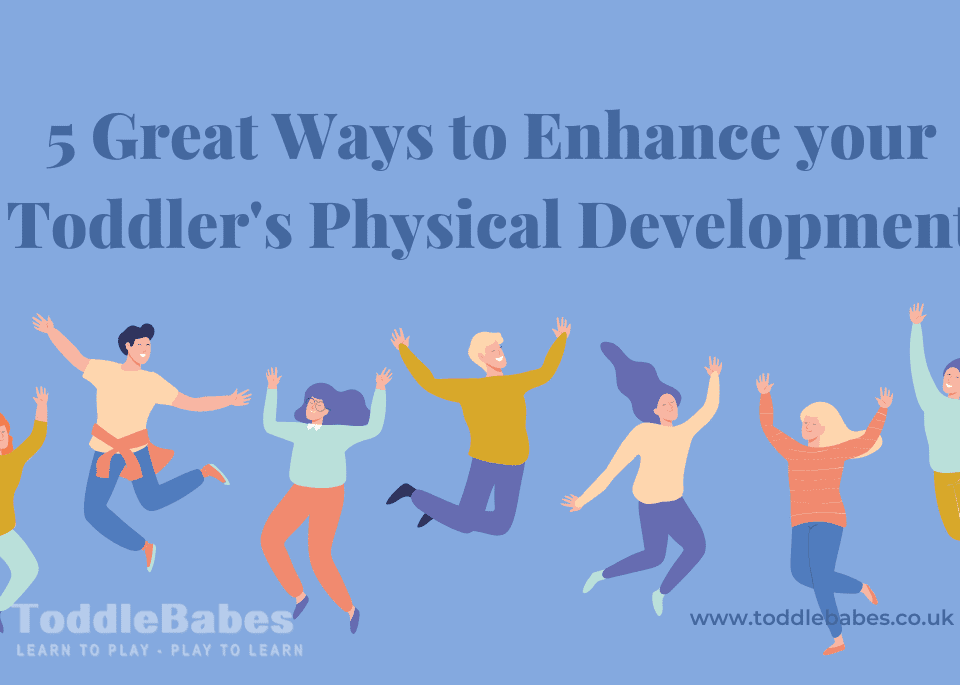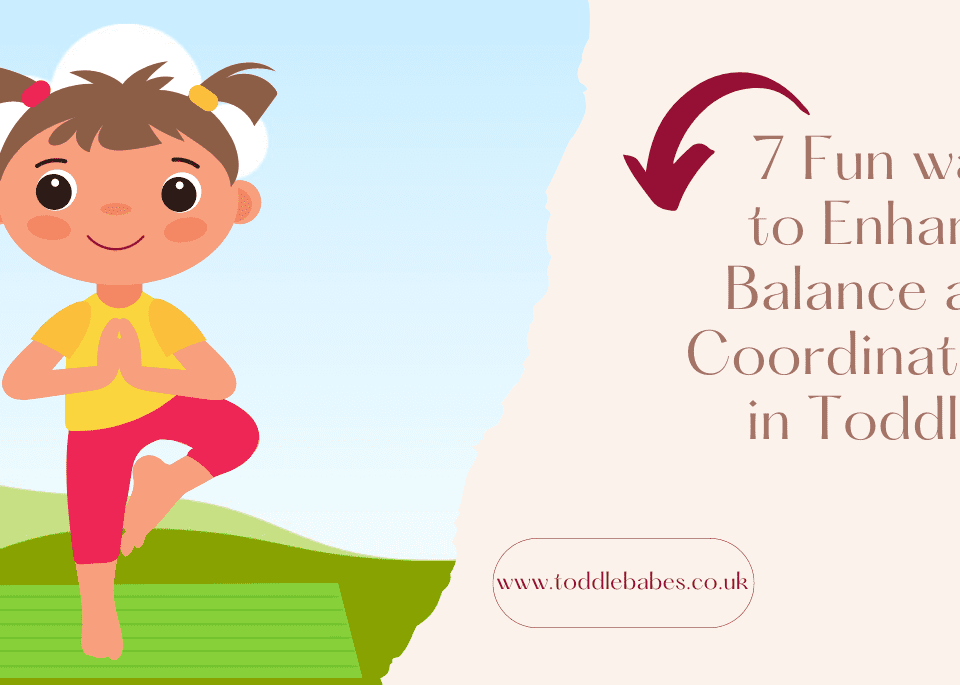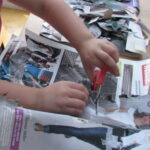
Cutting and scissor skills
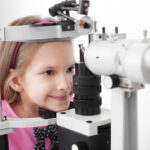
Does you child have healthy eyes?
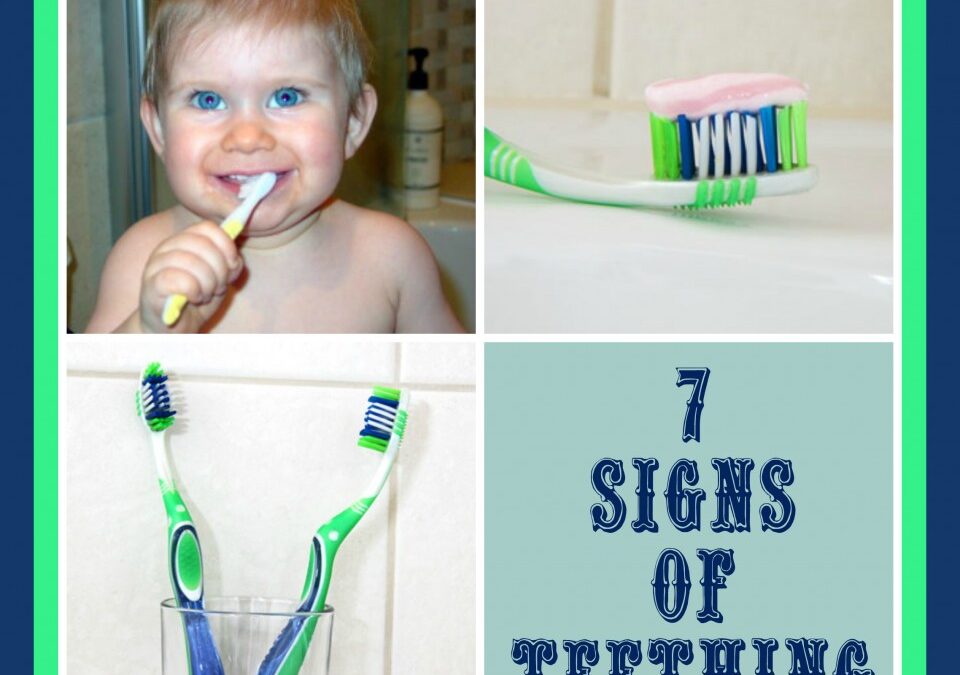
Just when your baby is becoming a better sleeper teething pain arrives to wake her up.Here we look at symptoms and tips to help you and your baby through it!
A baby’s first tooth is an exciting milestone. It’s arrival varies from baby to baby but you can expect it to appear anytime from three to fifteen months old! Most commonly though, that first tooth will arrive sometime between four and seven months.
My own three children each got their first tooth the week they turned six months and by twelve months my older two had 12 teeth each. My youngest is now nine months and has 6 teeth so I expect (if he is like his siblings) that he too will have 12 by his first birthday.
How to Spot those Teething signs
There are many symptoms to look out for. Some of the following may indicate teething:
- Dribbling
- gums appear pinker
- slightly raised temperature
- chewing on everything she can lay her hands on
- irritability (oh joy!)
- and putting fingers in the mouth
- Of course, our least favourite, poor sleep!
The arrival of teeth can be rather uncomfortable and painful and for many this can be the case. Some children are not too bothered by it and you may not even realise they are teething (like my daughter-not my sons!)
There are also many different ways to try help ease the pain. Here are a few methods and ideas which may work for your baby. Bear in mind that different babies react differently so you may need to try a few of these!
- Try teething gels or powders (available from chemist). There are many different types. It is worth chatting to other Mums to find out if they have had success with any particular brands. It is worth noting though that these only really work for about 20 minutes
- Give baby something cold to chew on. There are teething rings designed to be kept in the fridge for this purpose and are widely available at most baby supply stockists. Frozen carrots also work well. Don’t use carrots once she has her first tooth, as she may bite off lumps that she can then choke on. If she is old enough for solid foods, offer her cold apple puree or plain yoghurt.
- To help during the night you may like to use a baby’s pain syrup-(ibuprofen or paracetamol) to lower any temperature and numb the pain.
- Chewing on a muslin cloth or frozen wet flannel helps some babies
- Biting on hard, unsweetened ruskscan also help relieve the pressure. You can get those specifically designed for teething-they are VERY hard.
During teething you may find that your baby gets a red rash on her chin and lower lip from all the dribbling. The best thing to do is to dab the dribble off -don’t wipe-it may be sore! Then smooth a barrier cream such as petroleum jelly on her chin at bedtime and before she goes out. This will help to protect her skin from getting sore.
Plastic backed bibs can be an invaluable item to buy if your little one drools excessively. This will help protect her clothes and also provide you with a handy cloth to dab up the wet. A friend of mine used to put one bib under her son’s shirt and one ontop, that way she was sure she was keeping the drool from wetting both him and his shirt!
It is also worthwhile remembering that this is a phase of their lives which will pass. So remember that when your little one is overly irritable and unpleasant with teething. Give her a cuddle and take a deep breath. There is light at the end of the tunnel!

I am a preschool and primary school teacher and mum to 3 children. I have been involved in education since 1997 and have trained in a variety of educational specialist areas. It is with this expertise that I write articles to help parents and educators provide quality learning experiences for the children in their care.


